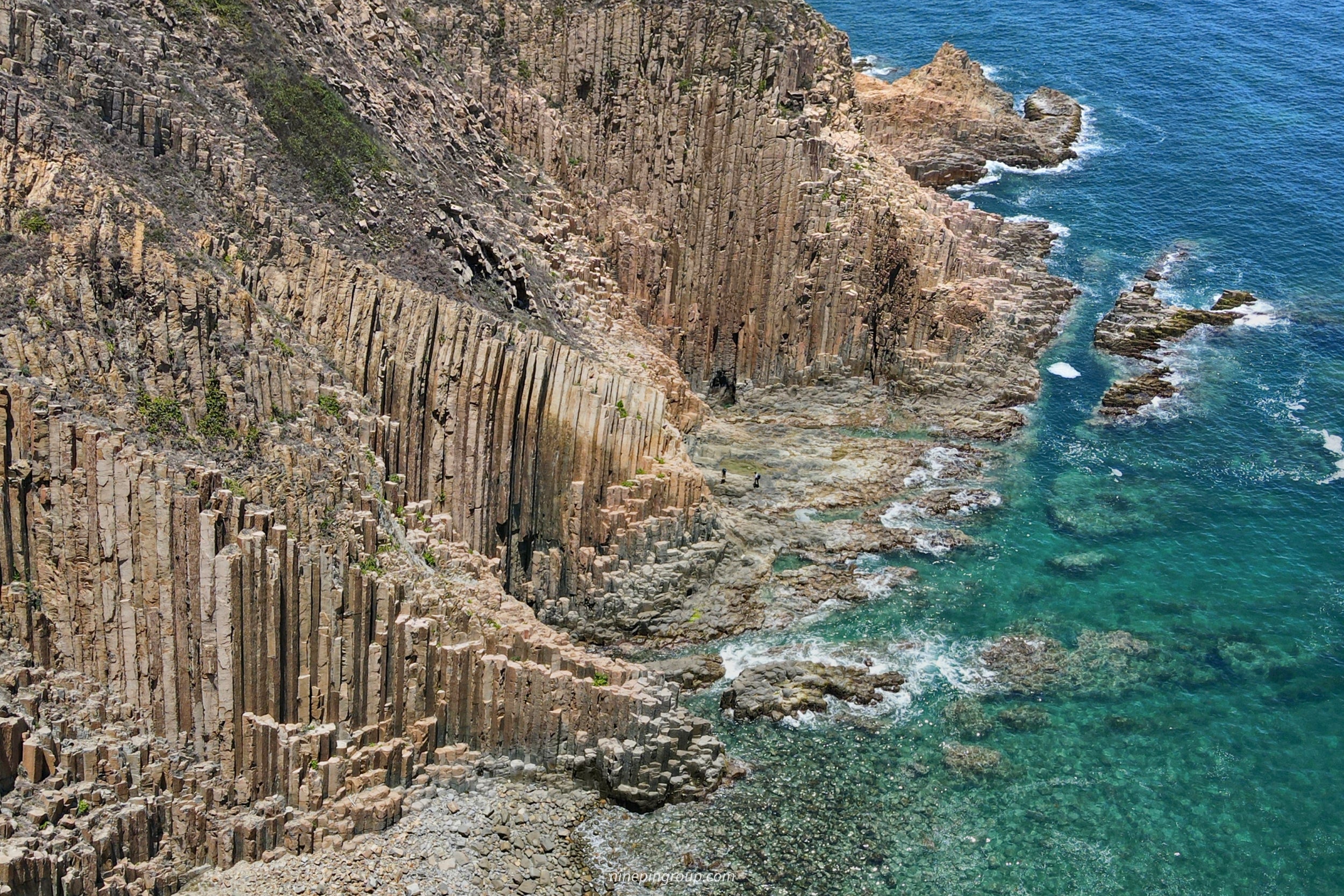
Introduction: A Landmark Geological Discovery in Hong Kong
In 2012, geologists from Hong Kong’s Civil Engineering and Development Department (CEDD) unveiled a groundbreaking discovery: Hong Kong sits atop the remnants of one of the world’s most powerful supervolcanoes, known as the High Island Supervolcano. This ancient volcano erupted approximately 140 million years ago during the Early Cretaceous period, releasing an estimated 1,300 cubic kilometers of volcanic ash and lava—an eruption colossal enough to reshape the region’s entire landscape and rank among the strongest in Earth’s history.
.
The Birth of a Supervolcano in Hong Kong: How It All Began
The supervolcano’s eruption formed a massive caldera about 18 kilometers wide, stretching from eastern Sai Kung through Kowloon to Hong Kong Island. As the magma chamber emptied, the ground collapsed, leaving behind unique geological features such as the iconic hexagonal volcanic rock columns found in the Ninepin Islands and Sai Kung’s High Island area. These striking columns were created as thick volcanic ash cooled and contracted, naturally fracturing into hexagonal shapes—the most efficient pattern to release tension.
.
Unveiling the Hong Kong Geological Secrets
Dr. Roderick Sewell, the lead geologist behind the discovery, described the moment of realization as an “Ah-ha!”—understanding that Hong Kong’s diverse volcanic formations all originated from this single supervolcano system. The discovery not only explains the city’s unique geological landscape but also places Hong Kong among the rare locations worldwide with evidence of supervolcanic activity, joining a list of about 50 known supervolcanoes in Earth’s history.
.
Impacts of the Ancient Eruption to Hong Kong
The eruption’s impact was immense, with volcanic ash layers up to 400 meters thick blanketing the region, contributing to the formation of granite in Kowloon and shaping Hong Kong’s rugged coastline and sea caves. This cataclysmic event likely had significant environmental effects locally and possibly globally, marking an extraordinary chapter in Earth’s volcanic history.
.
A Legacy of Natural Wonders in the World
Today, the remnants of the High Island SuperVolcano are a major highlight of Hong Kong’s UNESCO Global Geopark, featuring the largest hexagonal volcanic rock columns group in the world, covering a 100 kilometres square area, from Ninepin Group to Ung Kong Group and Po Pin Chau, attracting scientists and tourists eager to witness these natural wonders. From the towering hexagonal columns to dramatic sea arches and caves, the volcanic legacy continues to inspire awe and deepen our understanding of the planet’s dynamic past.
.
Conclusion: A Fascinating Geological Heritage
This discovery not only enriches Hong Kong’s natural heritage but also underscores the importance of geological research in revealing Earth’s ancient secrets. Visitors to the Sai Kung Volcanic Rock Region can now appreciate the powerful forces that shaped the city beneath their feet millions of years ago.
Explore more about Hong Kong’s supervolcano and plan your visit to the Geopark to see these incredible formations firsthand.
